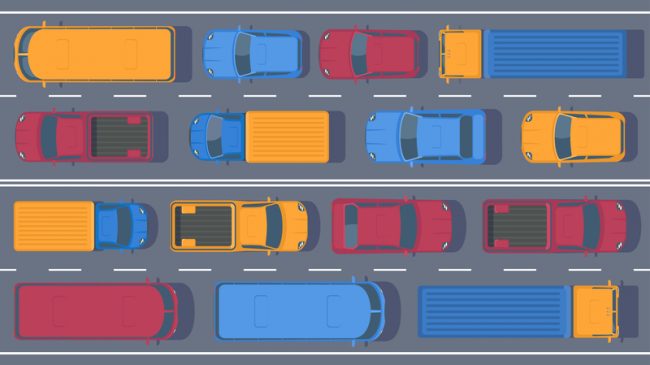Nearly 52 percent of U.S. urban Interstates are now congested and traffic fatality rates rose slightly, but road surface conditions and bridge conditions improved according to the Reason Foundation’s latest annual highway performance report.
“Gridlock isn’t going away,” said David T. Hartgen, Ph.D., the study’s lead author. ‘States are going to have to prioritize and direct their transportation money to projects specifically designed to reduce congestion if we are going to reverse this troubling trend.”
Drivers in California, Minnesota, New Jersey and North Carolina are stuck in the worst traffic, with over 70 percent of urban Interstates in those states qualifying as congested.
The Reason Foundation study measures the performance of state-owned roads and highways from 1984 to 2005 in 12 different categories, including traffic fatalities, congestion, pavement condition, bridge condition, highway maintenance and administrative costs, to determine each state’s ranking and cost-effectiveness.
The report finds that fatality rates vary significantly from state to state. Massachusetts reported the lowest fatality rate – 0.79 deaths per 100 million vehicle miles traveled. Meanwhile, Montana’s roads were the deadliest, with 2.256 fatalities per 100 million vehicle miles. The national average was 1.453 fatalities, up slightly from 1.440 in 2004.
The study does find some good news for drivers. The percentage of roads in “poor condition” fell sharply for both interstate highways and major rural roads. Since 1998, the percentage of poor urban interstate mileage has been reduced by 31 percent. The number of bridges deemed deficient, meaning they are eligible for federal repair dollars, also fell slightly in 2005.
In the overall rankings, North Dakota and South Carolina took the top spots for the second consecutive year. Meanwhile, New Jersey’s gridlocked highways, poor pavement conditions and high repair costs put the state last in overall cost-effectiveness for the eighth consecutive year.

